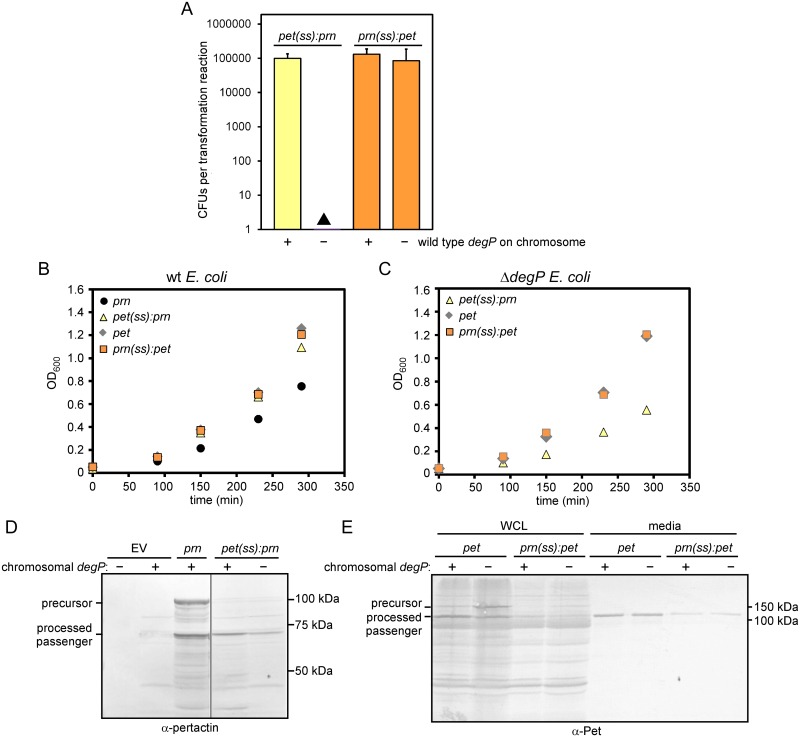Fig 5. The Pet signal sequence partially rescues lethality of pertactin in the degP null strain.
(A) The degP null strain and its parent were transformed with plasmids to express pet(ss):prn or prn(ss):pet as described in Fig 2A. Error bars are standard deviations from at least three biological replicates. Filled triangle: After transforming a plasmid to express pet(ss):prn in the degP deletion strain, very small colonies appeared after prolonged incubation. (B) Growth of E. coli with a chromosomal copy of degP is not significantly altered when AT signal sequence chimera variants are produced. (C) Expression of pet and prn(ss):pet does not affect growth in the degP deletion background, whereas expression of pet(ss):prn reduces the growth rate. (D) The chimera pet(ss):prn was expressed and the chimera protein was secreted in E. coli regardless of the presence or absence of DegP, but the secretion yield was reduced in the degP deletion strain. Two non-adjacent portions of the same blot are shown (grey line). (E) Expression of prn(ss):pet resulted in accumulation of the chimera protein at reduced levels in E. coli. Likewise, secretion of the Pet passenger to the medium was reduced, regardless of the presence or absence of DegP. (B, C) Shown are representative growth curves.

